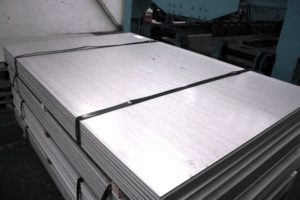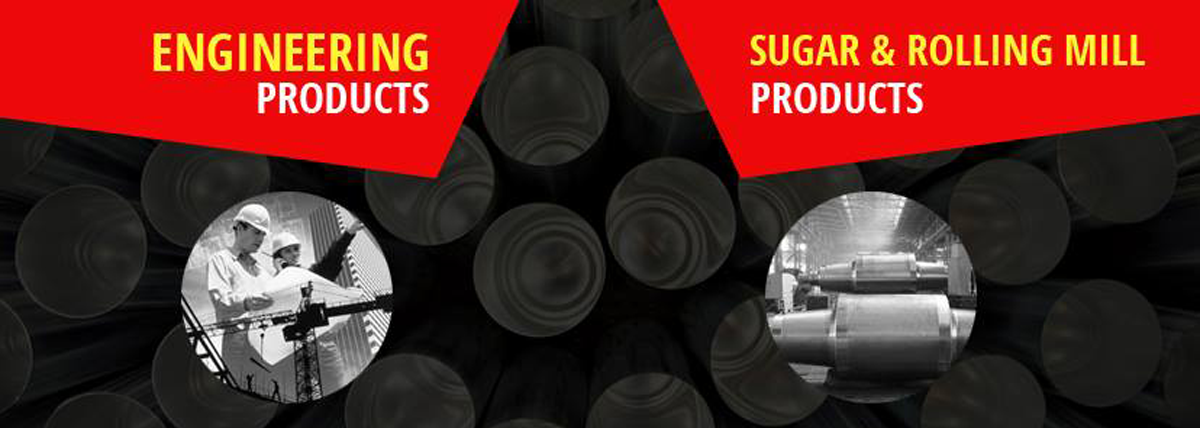
There is a huge demand for top-grade and robust stainless steel components for high demanding industrial applications all over the world. Stainless steel plates, alloy steel round bars, equal angles, unequal angles and many more are required in chemical, paper and pulp, fertilizer, petrochemical, energy, food and beverage and other processing industries because of their remarkable performance in extreme conditions.
Stainless steel is beyond doubt the most versatile alloy produced by material scientists so far and this is evident from the innumerable applications it has wound its way into. The steel alloy becomes corrosion resistant due to the inclusion of about 12% chromium during its making and this gives rise to what is known as stainless steel. There are many grades of stainless steel depending upon the content of alloy into it. Some of the commonly used grades of stainless steel are:
- Austenitic
- Martensitic
- Ferritic
Astenitic grade is of the non-magnetic type and fail to be hardened by heat treatment. The 300 series is the common grade of series that is normally used in several applications due to its exceptionally good mechanical properties and stainless properties. The alloys that go into it’s production are chromium, iron and nickel steels. The carbon content in this grade is very minimal about 0.03%.
Martensitic grade is anti-corrosive, magnetic and can be hardened by the heat treatment. This contains chromium but has no nickel in it. Basic 410 and 420 series are the most commonly used grades in this type of alloy.
Ferritic grade is exceptionally corrosion resistant and does not crack in stress induced corrosion. It is better off than martensitic grades but is inferior to astenitic grade of steel. The basic series that is used commonly in this type is 430. This alloy too comprises of chromium and does not contain nickel.
Stainless steel components have an edge over other materials in a diverse range of industries due to the vast advantages offered by them. Some of them are listed below:
- Anti-corrosive irrespective of the environment
- Resistant to high temperatures in the context of oxidation and scaling
- Optimum performance in low temperature conditions
- Resistance to fouling occurring due to corrosion
- Clean and low costs of maintenance
- Easily available in varied forms like stainless steel plates for tube sheets, welded and seamless tubing for tube-and-shell exchanges, plate exchangers etc.
- Economical and reliable in terms of providing long term service
- Ease of installation and many more
It is essential to choose the right grade for the industrial application as that alone will elicit optimum performance and help to achieve it at minimized cost. The ever increasing demand for steel is met by steel suppliers spread all over the globe. They stock specific grades of steel required for varied industrial applications. With the advent of internet and the rise of a global marketplace, geographical boundaries have no longer remained a constraint for doing business. Suppliers can ship the material to any part of the world and customers can get all their specific requirements fulfilled by researching for a suitable supplier over the internet.

